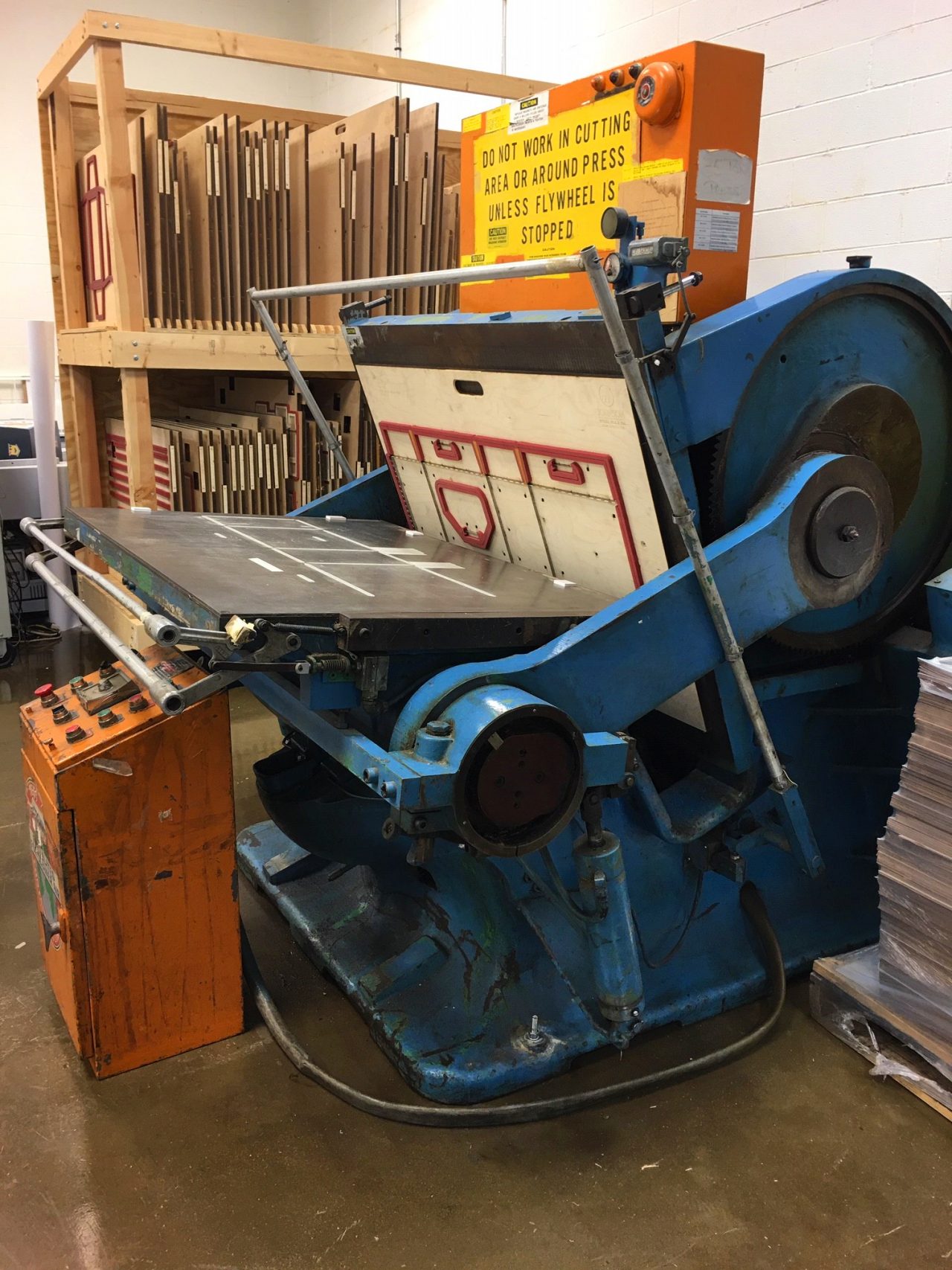Create It Packaging
What is Digital Die Cutting?

Steel Rule Die Cutting
Traditionally, die cutting is done by making a steel rule die. The dies are created from your dieline CAD file and include all cuts, scores, perfs, nicks, glue assists, and cut-outs. These dies can be costly to make, but once made, they can be used multiple times for future print runs. The dies do however need repairs or wear out at some point. Because of the cost, they are only used for production runs, where the cost can be justified due to the high quantity of packages produced. In addition to the cost of the die, there are set-up fees to mount the die on a cutting press, and make-ready fees to make adjustments to alignment and strike pressure, before sheets are ready to be cut.

Digital Die Cutting
In contrast, digital die cutting is achieved without cutting dies, or make readies. A digital cutting machine is CNC programmed. CNC (Computer Numerical Controlled) means a computer converts the design produced by CAD (Computer Aided Design) software, into numbers. The numbers are translated to coordinates on an XY axis, and they control the movement of the cutter. The machine has multiple heads that perform various functions; typically drag knife, reciprocating knife, scoring wheel, and router.

Depending on the machine, a variety of materials and thicknesses can be cut. Examples are thin plastic films, SBS boards, corrugated board, MDF board, and even aluminum plate. Depth can also be controlled for cut scores, and router levels, with multiple depths programmed into one cutting operation.
When to Use Which Method?
A package cut digitally can be indistinguishable from a package cut with a steel rule die. The advantage of course is in the cost and timing. For low quantities, a file is sent to the machine and cut in minutes, with no dies or set up costs. For higher quantities, the traditional cutting die method will out way digital cutting due it’s higher to running speeds. Once a steel rule die is made however, you can reap the benefits of reuse. Knowing when to go digital is dependent on quantity, and is the job of the printing estimator to determine the best method.